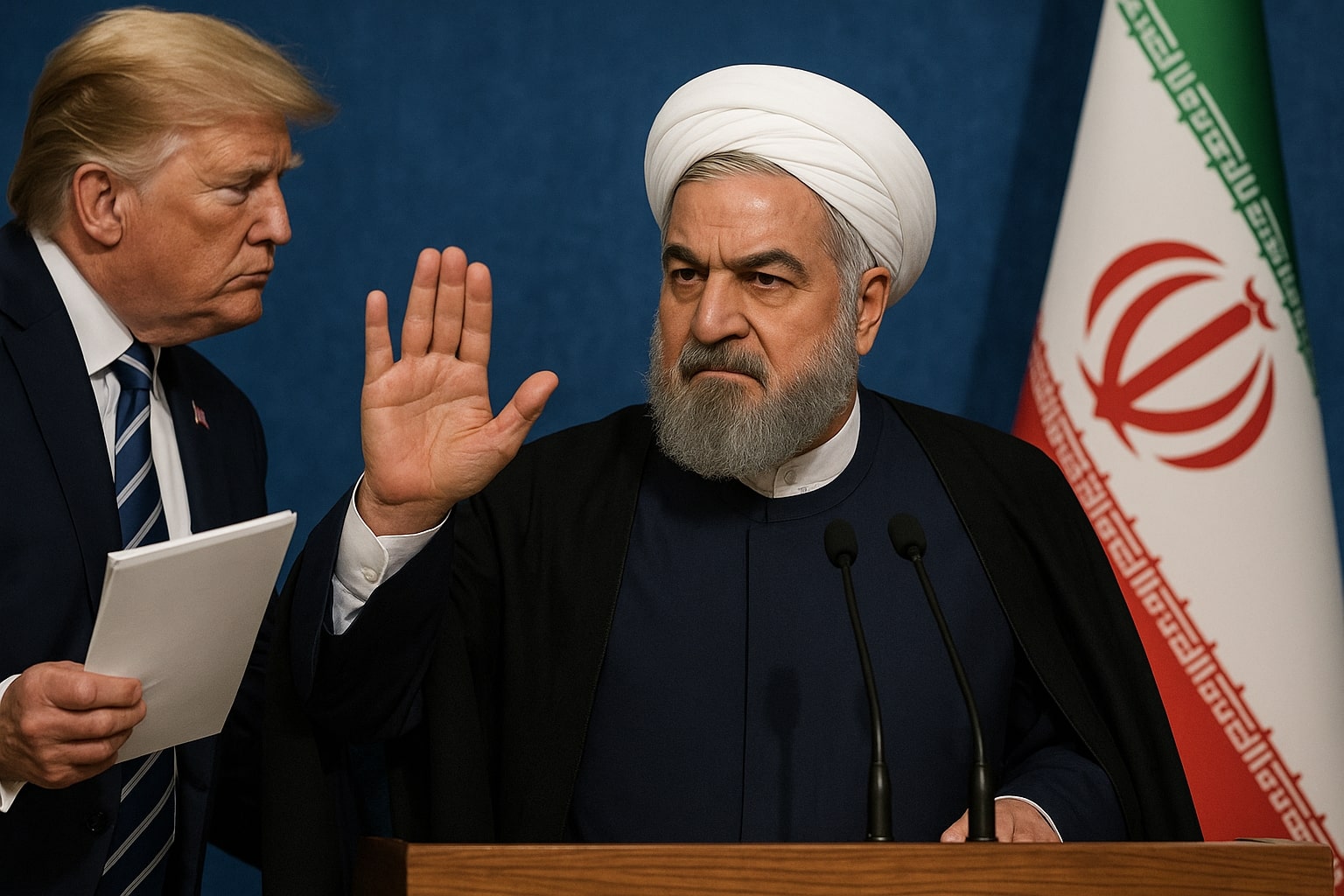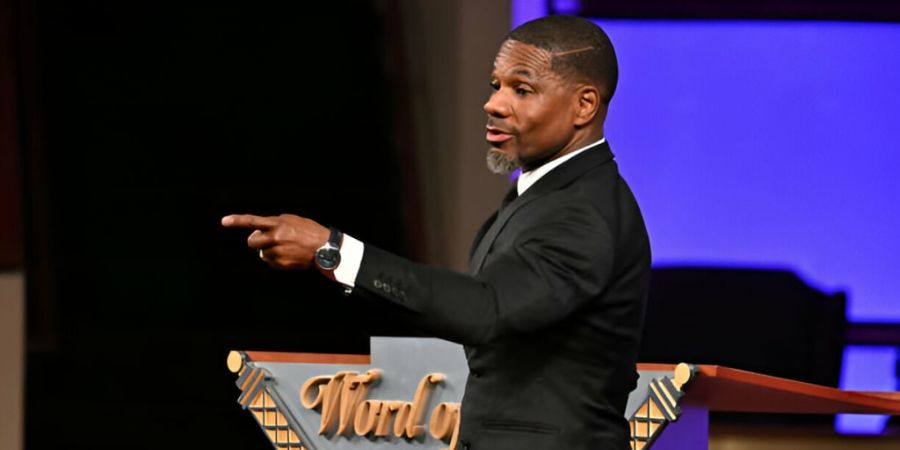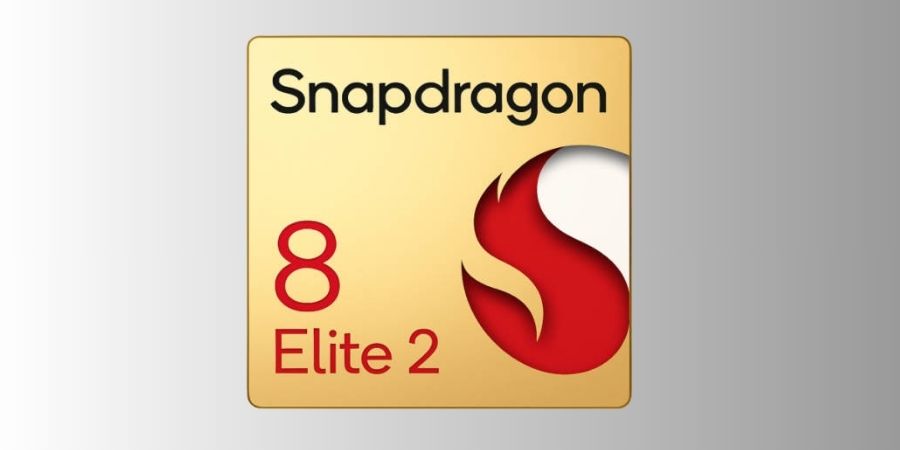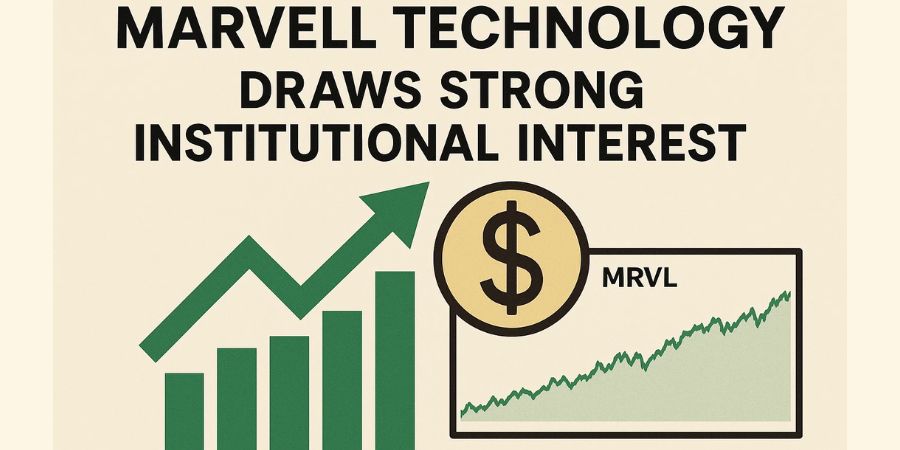In a world where politics often feel like a never-ending tug-of-war, Iran has just pulled the rope a little harder. In a strong and very clear message, the country is saying “no” to former U.S. President Donald Trump’s pressure tactics on the Iran nuclear deal—and it’s doing so with confidence.
It’s not just about politics. It’s about pride, history, and refusing to be pushed around. Here’s what’s going on and why it matters.
A Quick Look Back: What Was the Deal?
Let’s rewind a bit. In 2015, Iran and a group of world powers (including the U.S.) agreed on a deal: Iran would limit its nuclear program, and in return, sanctions would be lifted. It was officially called the JCPOA, but most people just know it as the Iran nuclear agreement.
For a while, things seemed to be working. But then in 2018, President Trump tore it up. He pulled the U.S. out of the deal and added new sanctions, hoping Iran would feel the pressure and come back begging for a better deal. That didn’t happen.
Instead, Iran got angry—and now, years later, they’re still pushing back.
Iran’s Strong Message in 2025
This year, Iranian officials made one thing very clear: they’re not interested in giving in to Trump-era tactics. Their response? A big, bold “no.”
Iran says if the U.S. wants to talk again, it needs to return to the original deal—no games, no bullying. Their message isn’t just political—it’s personal.
Here’s what Iranian leaders are emphasizing:
- No negotiations under threats or pressure
- The original terms must be respected
- Iran will not accept unequal treatment
- Trust must be rebuilt from scratch
This firm stance is earning attention—and making waves in the international community.
What’s the U.S. Saying Now?
President Joe Biden has taken a softer approach. His administration says it’s open to rejoining the agreement—but only if Iran returns to the deal’s terms first.
But Iran is cautious. After being burned once, they want stronger guarantees. What if another U.S. president pulls out again? They want to know the deal will actually last.
Right now, both sides are stuck in a kind of diplomatic staring contest. Who will blink first?
What’s Happening in the Region?
This isn’t just about Iran and the U.S. Countries across the Middle East are watching closely—especially Israel and Saudi Arabia, both of which worry about Iran gaining more power.
Here’s why this matters:
- A broken deal could lead to more instability in the Middle East
- There’s concern about a possible nuclear arms race in the Middle East
- Rival nations might take sides, increasing tension
- International trust in diplomatic agreements may suffer
European countries like France and Germany are urging both sides to find a way forward—fast.
What Do the Iranian People Think?
It’s a mix of emotions in Iran. Some people support the government’s tough stand. They see it as a way of defending national pride.
Others are tired. The U.S. sanctions have caused real hardship—prices are high, jobs are scarce, and everyday life is harder than it should be.
Here’s what life looks like on the ground:
- Inflation has made basic goods more expensive
- Unemployment remains high in many sectors
- Young Iranians are frustrated by limited opportunities
- Some worry that isolation from the world is hurting future generations
Despite these challenges, many still believe in standing strong against foreign pressure.
What Makes This So Complicated?
This whole situation is like a game of chess. Every move matters. Iran feels like it’s being asked to give more than it’s getting. The U.S. wants guarantees. And both sides want to look strong in front of their people.
The idea of a new U.S.-Iran deal isn’t impossible. But it would take real trust—and that’s hard to rebuild.
Could a New Deal Happen?
Possibly. Some analysts believe that 2025 could be the year something finally shifts. There’s pressure on both sides to find a solution.
But others warn that time is running out. If talks break down completely, Iran might keep expanding its nuclear program. That could create a serious threat, not just to the region, but to the whole world.
Potential outcomes if no deal is reached:
- Iran continues expanding nuclear activities
- Military tensions rise across the Gulf region
- Global oil markets react to uncertainty
- Diplomatic relations between Iran and the West further deteriorate
So what now?
Iran’s bold refusal to accept Trump’s demands shows just how deep the tension runs. It’s not just about nuclear science—it’s about trust, fairness, and respect.
By saying no, Iran is sending a message: “We will not be pushed around.” That’s something global leaders need to hear and understand.
The upcoming months will be important. Will both sides find a way forward? Or will the disagreement grow even bigger?
One thing’s for sure: the future of the Iran nuclear deal 2025 will shape not only Iran and the U.S., but the world.













